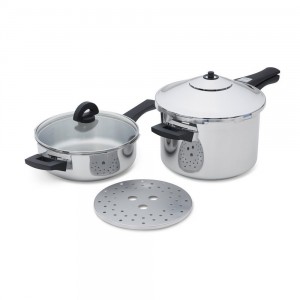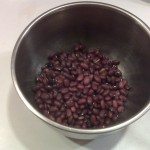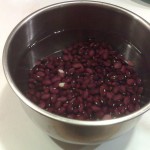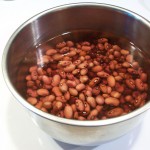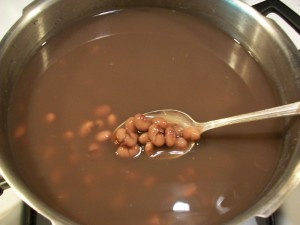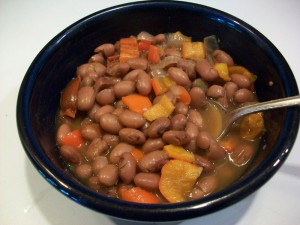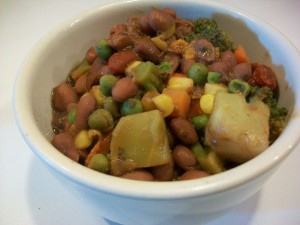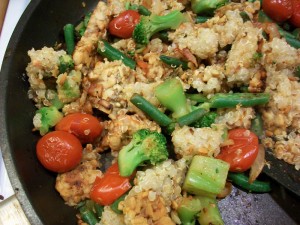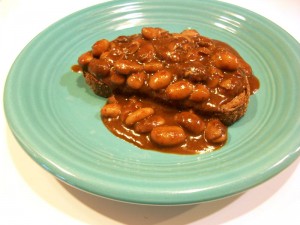My pressure cooker is a Kuhn Rikon, purchased 10-15 years ago. It came as a set with a 2L “frying pan” 5L pot, 1 pressure lid, 1 glass lid, and steamer insert. At the time, I thought it very expensive for a pressure cooker and was hesitant to make the purchase, but it’s been a great investment. It’s very similar to this one on amazon.com. The glass lid design has changed slightly, and the price has gone up.
With the possible exception of the saucepan I use for cooking oatmeal, I use the pressure cooker more often than any other cooking pot/pan/appliance in my kitchen. Probably more than all the others combined…except for that saucepan. Over the years I’ve replaced both the rubber gasket and UL valve once, and I once broke a clip on the valve housing when I hurriedly pulled it off with one hand, so that’s been replaced too. There are a few places that sell Kuhn Rikon replacement parts. Three in the USA are Pleasant Hill Grain, Shar’s Kitchen, Factory Direct 2. I don’t remember where I purchased mine.
Most pressure cooker instructions say not to cook rice, but I’ve cooked rice often with no problem. I usually soak wild rice, and sometimes brown rice first, similar to legumes.
I also frequently make one pot stews in the pressure cooker. Sauteing onion, garlic and spices, then adding soaked beans and rice, bringing the pressure up and cooking for 20-30 minutes (that will probably be 10-15 minutes at sea level). I let the pressure naturally release, then add vegetables. If the vegetables don’t need to cook long, I’ll simmer for a few minutes with the glass lid. For longer cooking vegetables like potatoes and carrots, I’ll cook beans/rice for half to two-thirds the needed cooking time. Release pressure, add potatoes or carrots, bring the pressure back up and cook for a few more minutes.
I nearly always cook potatoes in the pressure cooker. I use the steaming insert and only a little bit of water. I’ll make another post about cooking potatoes with a few more instructions about that in a few days.

